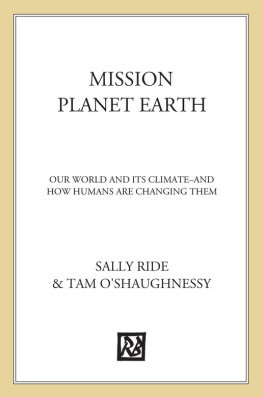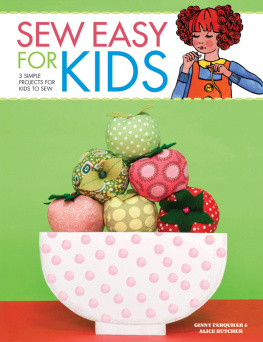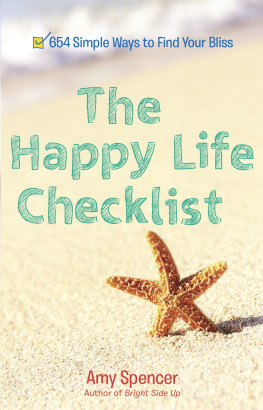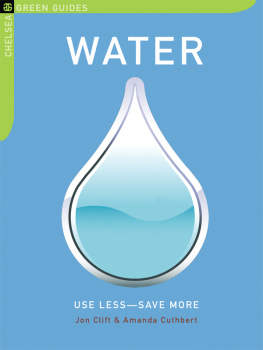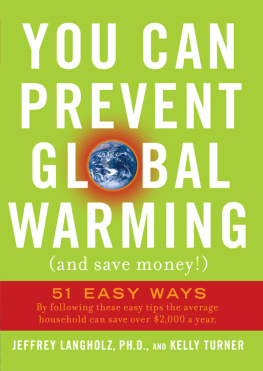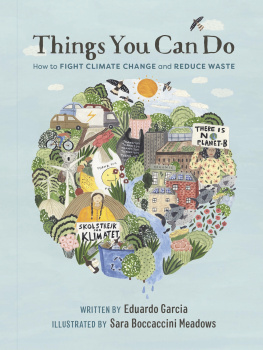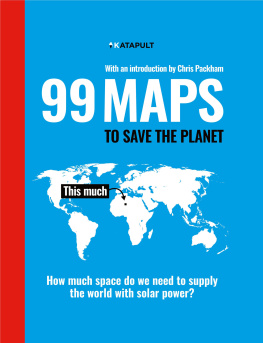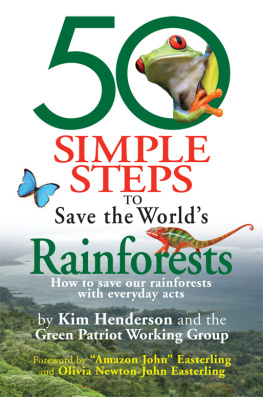Sally Ride, best known for being the first American woman in space, is an Emerita Professor of Physics at the University of California, San Diego. Dr. Ride has B.S., M.S., and Ph.D. degrees in Physics, all from Stanford University. During eight years as a NASA astronaut, she flew on two space shuttle missions, served on the Presidents Commission investigating the space shuttle Challenger accident, and headed NASAs long-range planning after the accident. Since leaving NASA, she has committed herself to improving science education. Dr. Ride is currently President and CEO of Sally Ride Science, a K12 science education company that creates programs and publications to support students natural interest in science, and places a special emphasis on encouraging girls.
Dr. Ride has received numerous honors and awards, and has co-authored seven childrens science books, including The Third Planet (co-authored with Tam OShaughnessy), which won the American Institute of Physics Childrens Science Writing Award.
Tam OShaughnessy has been interested in science since she was a little girl. One of her favorite childhood memories is of watching tadpoles in a creek gradually sprout legs, go green, and turn into frogs. She studied biology in college, earning B.S. and M.S. degrees from Georgia State University. While teaching college biology, she became interested in how kids learn and went on to earn her Ph.D. in school psychology from the University of California, Riverside. Dr. OShaughnessy is currently the COO and Executive Vice President of Sally Ride Science and a Professor Emerita of Education at San Diego State University. A former science teacher and award-winning childrens science writer, she oversees the development of Sally Ride Sciences classroom books, teacher guides, and educator institutes. Dr. OShaughnessy is the author of ten science books for children.
ALTERNATIVE ENERGY: Energy that is not widely used and is usually environmentally friendly, like solar or wind energy (as opposed to fossil fuels).
ALTERNATIVE TRANSPORTATION: Modes of transportation other than cars, like walking, bicycling, rollerblading, carpooling, and public transportation.
BIODEGRADABLE: Made mostly of natural materials that can be broken down and used by the ecosystem. For example, cotton is biodegradable, while plastic is not.
CARBON DIOXIDE (CO2): A naturally occurring greenhouse gas in the atmosphere. Concentrations have increased (from 280 parts per million in preindustrial times to about 385 parts per million today) as a result of human activities that burn fossil fuels (coal, oil, natural gas) and organic matter (e.g., wood).
CARBON FOOTPRINT: The amount of carbon dioxide that a person (or family) directly or indirectly adds to the air as a result of all the energy they use.
CARPOOLING: Sharing a car to reduce fuel use, pollution, and travel costs.
COMPACT FLUORESCENT LIGHT BULBS: Flourescent light bulbs small enough to fit into standard light sockets. They are much more energy-efficient than regular incandescent bulbs.
ENERGY EFFICIENCY: Technologies and methods that reduce the amount of electricity and/or fuel used to do the same work, like powering a home, office, or factory.
FOSSIL FUELS: Nonrenewable energy resources such as coal, oil, and natural gas that are formed from the compression of plant and animal remains over hundreds of millions of years.
GREEN DESIGN: Design that uses environmentally friendly principles of construction and energy use, such as solar panels, skylights, and recycled building materials.
GREENHOUSE EFFECT: The warming that occurs when certain gases (greenhouse gases) are present in a planets atmosphere. Visible light from the Sun penetrates the atmosphere of a planet and heats the ground. The warmed ground then radiates infrared radiation back toward space.
If greenhouse gases are present, they absorb some of that radiation, trapping it and making the planet warmer than it otherwise would be.
GREENHOUSE GASES: Gases such as carbon dioxide, water vapor, and methane that absorb infrared radiation. When these gases are present in a planets atmosphere, they absorb some of the heat trying to escape the planet instead of letting it pass through the atmosphere, resulting in a greenhouse effect.
LIVING GREEN: Living in a way that lessens ones impact on the environment.
LOCAVORE: A person who consumes locally grown and produced food, usually within a 100 mile radius of where she or he lives.
PHOTOSYNTHESIS: Process by which plants use energy from sunlight to convert carbon dioxide and water into food (in the form of sugar). Oxygen is released in the process.
RECYCLING: System of collecting, sorting, and reprocessing old material into usable raw materials.
RENEWABLE ENERGY: Energy sources like wind and sunlight that produce energy indefinitely.
WASTE: Material that cannot be recycled or reused (synonymous with trash or garbage).
W e used a wide variety of resources in writing this book. A few, however, were especially helpful. We recommend these resources for students, educators, librarians, and parents who want to learn more about how to lessen their impact on Earth and live a greener life.
Climate Change 2007 , the most recent United Nations Report of the Intergovernmental Panel on Climate Change (IPCC). This Synthesis Report summarizes three separate reports: The Physical Science Basis ; Impacts, Adaptation, and Vulnerability ; and Mitigation of Climate Change ; providing the current state of knowledge. It clearly summarizes the causes and consequences of climate change. In addition, the Frequently Asked Questions (FAQs) for The Physical Science Basis provides clear explanations, with illustrations, of many topics (e.g., What Is the Relationship between Climate Change and Weather? How Are Temperatures on Earth Changing?) www.ipcc.ch .
Dire Predictions: Understanding Global Warming (2009) by leading climate scientists Michael E. Mann and Lee R. Kump. This book is an illustrated guide to the findings of the Intergovernmental Panel on Climate Change (IPCC). Its a wonderful book with many helpful illustrations to explain the science behind climate change.
The Forgiving Air: Understanding Environmental Change (Second Edition, 2008) by Richard C. Somerville, one of the worlds top climate scientists. This is a fascinating and understandable book about climate science based on a series of lectures to K12 teachers.
E arths Precious Resources: Clean Air by Andrew Bridges, Clean Water by Beth Geiger, Clean Energy by Laurie Goldman, Living Green by John Johnson, Jr. (Sally Ride Science, 2008). This series describes Earths precious resources and the challenges we face in protecting them. Clean water, clean air, and clean sources of energy are vital to all of us.
Our Changing Climate: Ecosystems by Tam OShaughnessy (Sally Ride Science, 2008). This book draws on the latest scientific findings to describe whats happening to ecosystems around the world as a result of global warming. As our planets air, water, and soil grow warmer, its wildlife hunts for new habitats when old ones become unlivable.
CLIMATE CENTRAL: Provides up-to-date information on climate change in a variety of formats including online and video. climatecentral.org


